Pesto is a classic Italian sauce that originated in Genoa. The traditional ingredients are basil, crushed garlic, grated parmigiano or pecorino cheese, pine nuts, and olive oil.
It’s traditionally prepared with a mortar and pestle (thus the name), but we use a food processor. We also vary the ingredients from time to time.
The nice thing about pesto is its versatility: it can flavor a lot of Perfect Health Diet foods. Like a good poet, pesto makes the familiar new.
Pesto with Rice Cakes and Shrimp
Here are the ingredients for a traditional pesto: grated cheese, pine nuts, garlic, olive oil, and basil.
Pine nuts will usually taste better toasted. You can buy them pre-roasted, but if you buy raw pine nuts it’s not hard to toast them yourself. Heat a dry pan, then turn the heat off and add the pine nuts. Stir until done. Careful, they can burn quickly.
The basil takes up too much space for our food processor, so we put the basil and garlic in first for pre-shredding:
Then add the other dry ingredients, with some pepper:
Mix, adding olive oil to the food processor until it has the desired consistency. The finished product:
The sauce is now ready. Here we put it on some rice cakes and shrimp. Rice cakes are usually found in the frozen foods section of Asian supermarkets. Look for rice cakes that have no wheat (which is sometimes added to help the cakes stick together). Remember that rice cakes cook very quickly – 1 to 2 minutes in boiling water. When they float, they’re done; be sure to quench them in cold water to stop them from overcooking.
Spreading the sauce:
Ready to eat:
Macadamia Pesto with Buttered Potato or Liver
This one is similar but we used macadamia nuts in place of pine nuts, and included a bit of lemon juice. Macadamia nuts are lower in omega-6 than pine nuts:
Here it is in the food processor with most of the oil in:
Here it is with boiled potatoes and butter, for a sort of pesto potato salad:
Here it is with boiled liver:
Boiling liver removes a lot of the flavor, and adding substantial amounts of a pesto may make it palatable to those who dislike the taste of liver.
Conclusion
Any traditional food can be made Perfect Health Diet-compliant by swapping out ingredients. Pesto is pretty healthy to begin with, but replacing pine nuts with a low-omega-6 nut can make it even better.
Staple foods like rice, potatoes, and beef liver can get tiresome if they’re always eaten the same way. Luckily, traditional cookbooks are full of good sauces that vary the flavor of familiar foods. Be a poet in the kitchen, and look for flavors that can make the new familiar and the familiar new.







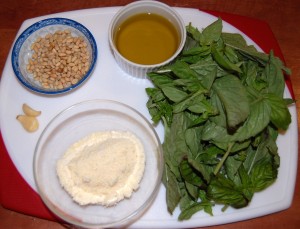
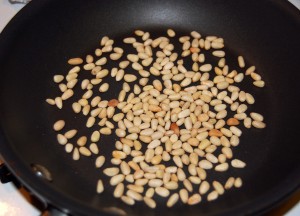
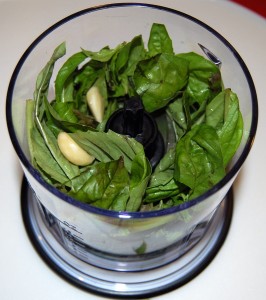
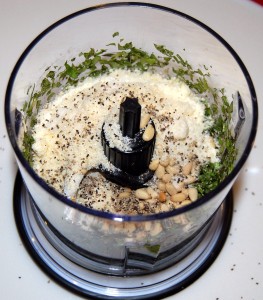
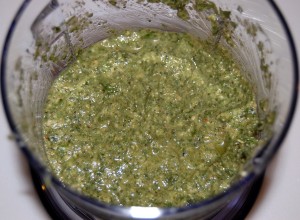
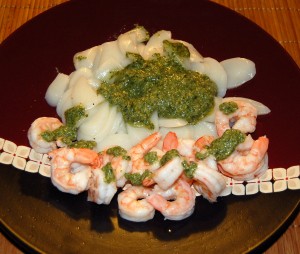
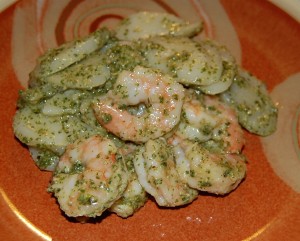
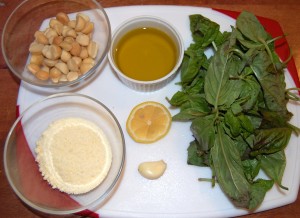
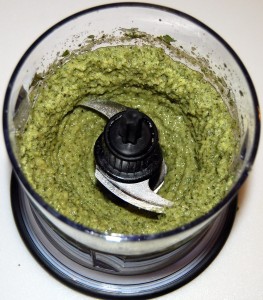
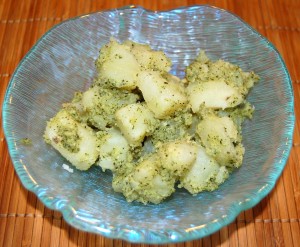
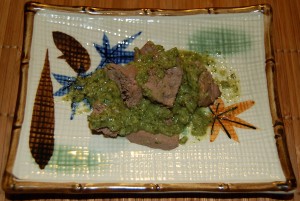

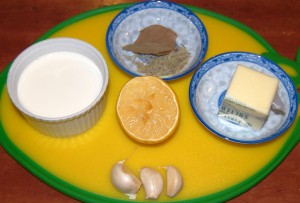
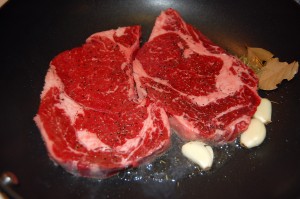
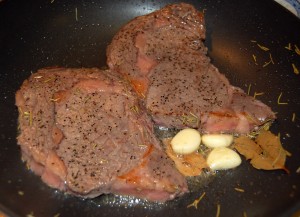
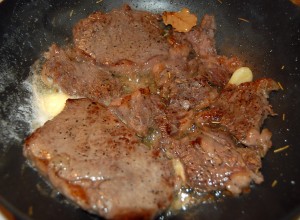
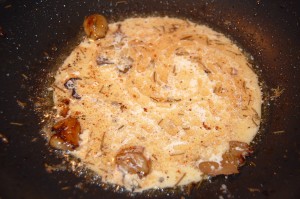
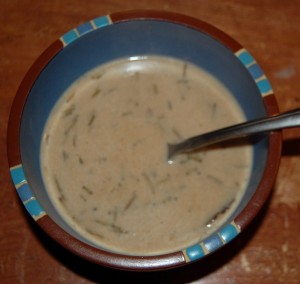
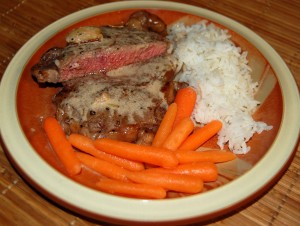
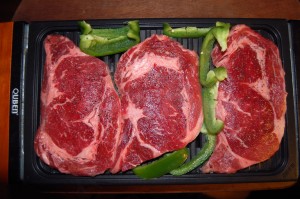
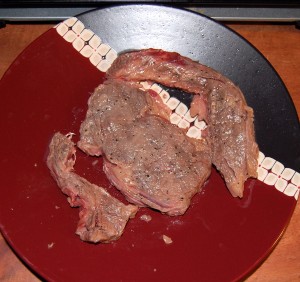
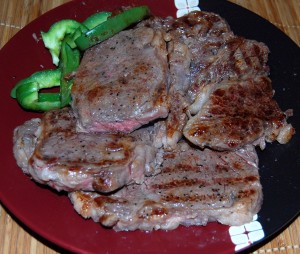
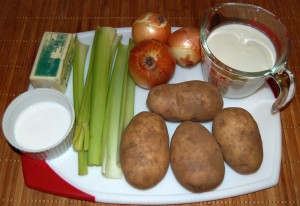
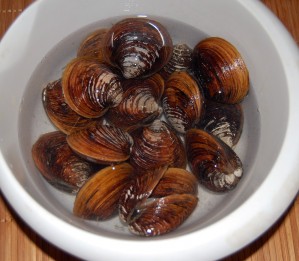
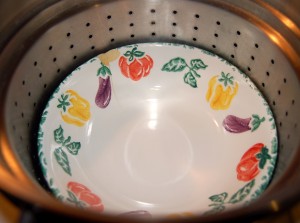
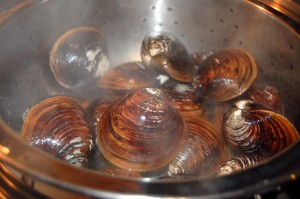
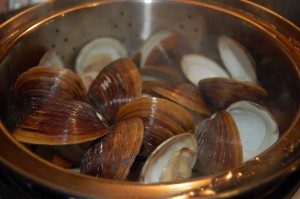
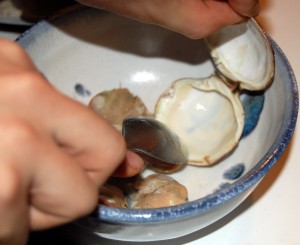
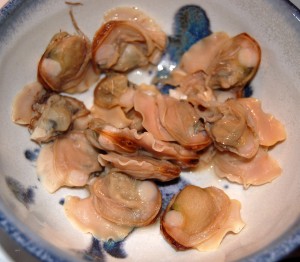
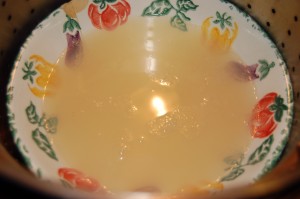
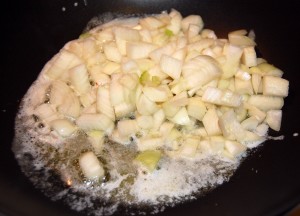
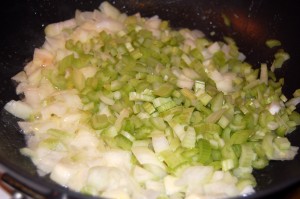
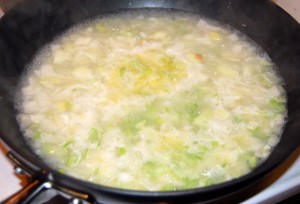
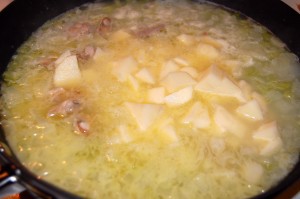
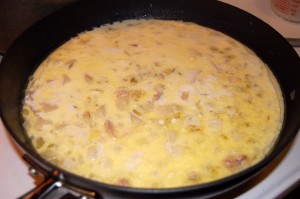
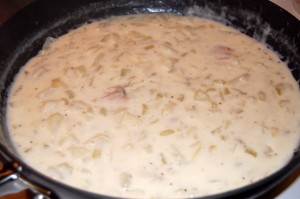
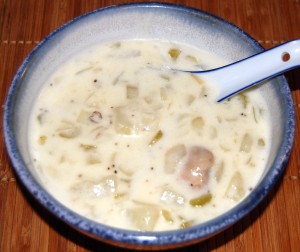
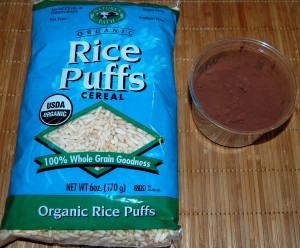
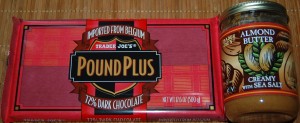
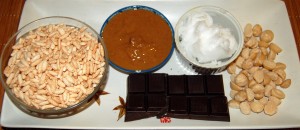
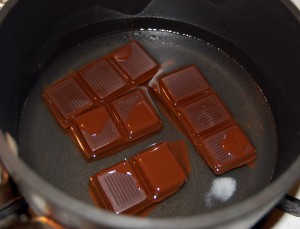
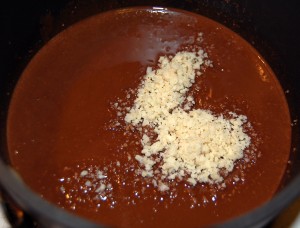
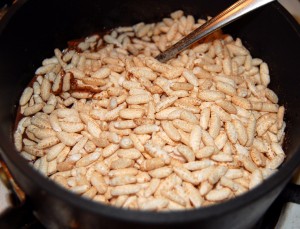
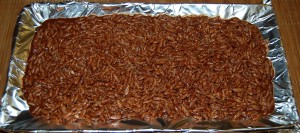

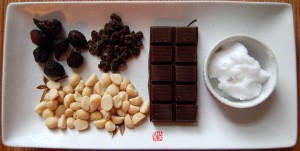
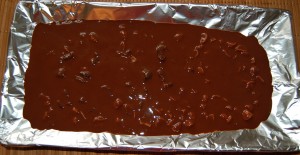
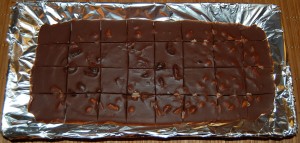





Recent Comments